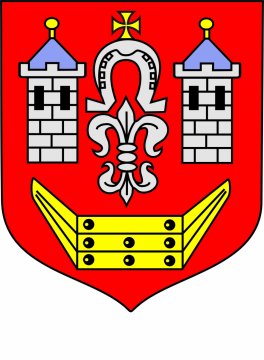
BOREK-WIELKOPOLSKI
Borek-Wielkopolski is a town situated on the Pogona River, 18 km east of Gostyń. It owes its name to its original location, close to a nearby forest [borek meaning a small forest in Polish.] Today, forests stand for a mere 15.2% of the Commune area.
History
Known in the early Middle Ages as Zdzież, the locality was granted its urban chart in 1392. Due to a fire that completely consumed the town, a decision was made to remove it. The new entity was incorporated upon the Magdeburg law in the former 15th century half, under the name of Borek.
During the conflagration of 1655–1660, all the jewellery and other items of value from the Zdzież church were assigned for the holy purpose of fighting against the Swedish invaders. The town’s development period was marked by reformatory activity in King Stanislaus Augustus’s time, with clear signs of technological progress.
The second partition of Poland in 1793 initiated the Prussian rule, and then for a while, between 1897 and 1815, the town was within the limits of the Duchy of Warsaw. The decline of French domination in Europe reinstated the Prussian rule over the area, and so it remained till 1919 – the date the town got liberated, in the course of proactive upsurge called the Wielkopolska Uprising (1918–1919).
During the Nazi occupation (1939–1945), in Bruczków, not far from Borek, the ill-famed Germanisation centre for children was established. Borek was eventually liberated on January 25, 1945, during the warfare. The name Borek-Wielkopolski has been officially accepted since 1958.
Worth Seeing
In the middle of a square-shaped marketplace, we meet a classicist town hall built 1855. Not far from the market is a church of St. Stanislaus the Bishop dating to the latter half of 15th c. Particularly worth visiting is the early-baroque Our Lady’s Consolation basilica, erected at Zdzież. The entrance to this temple leads through an eighteenth-century gate; once in, you can admire the abundant furnishings.





